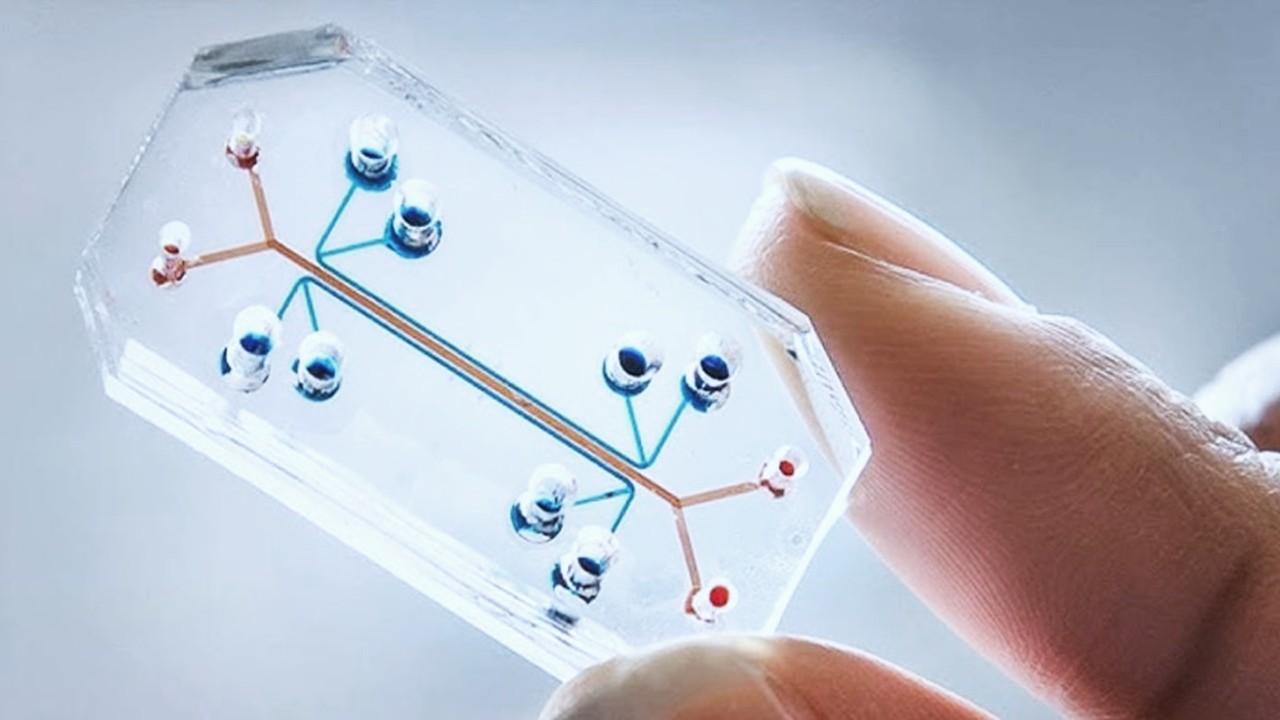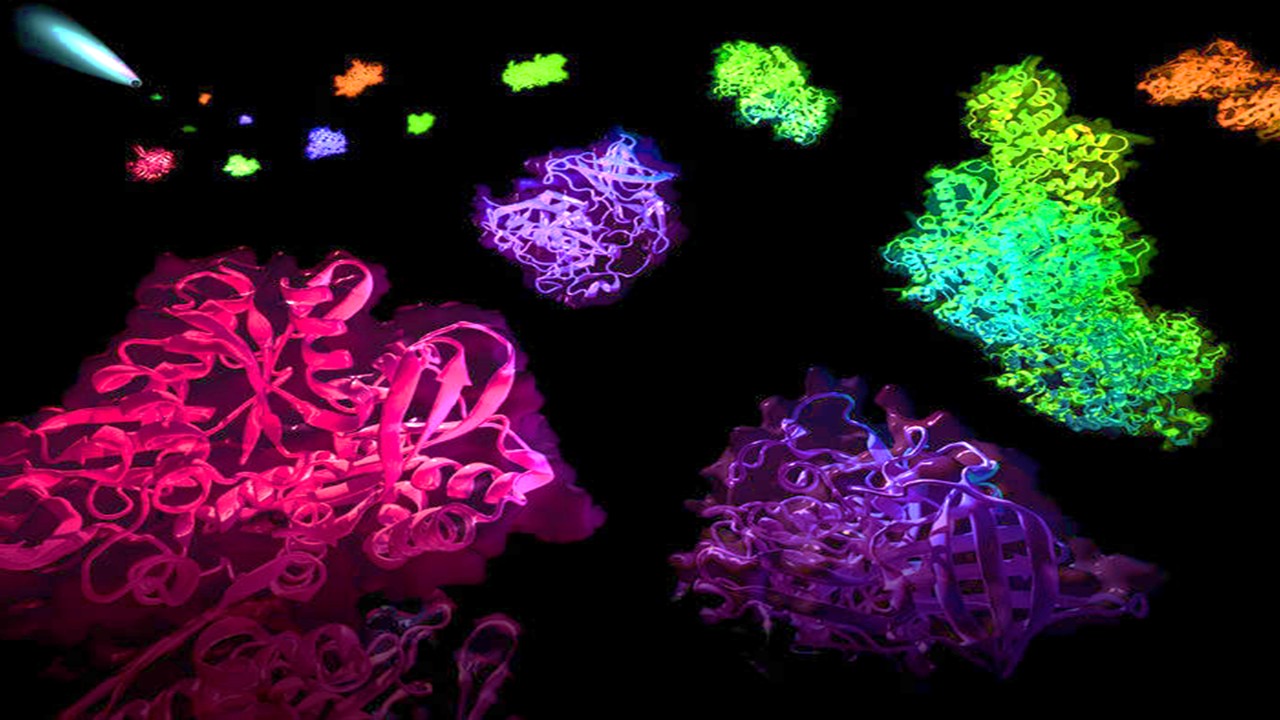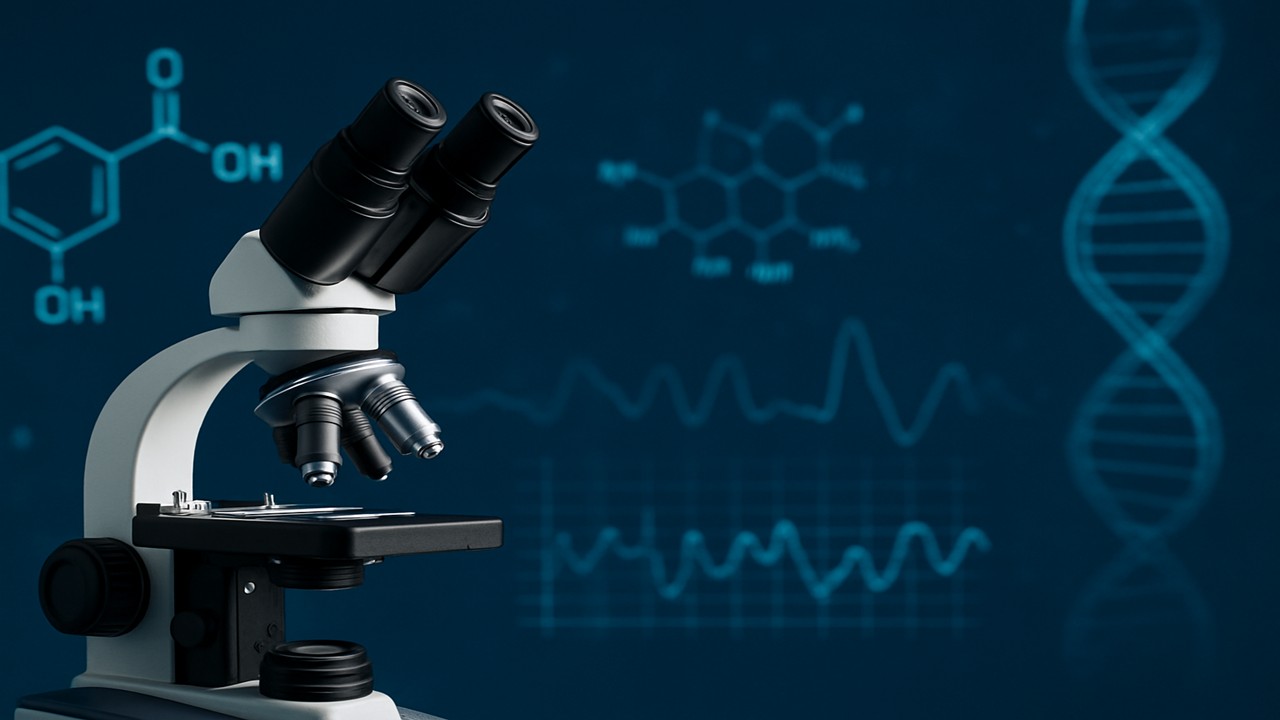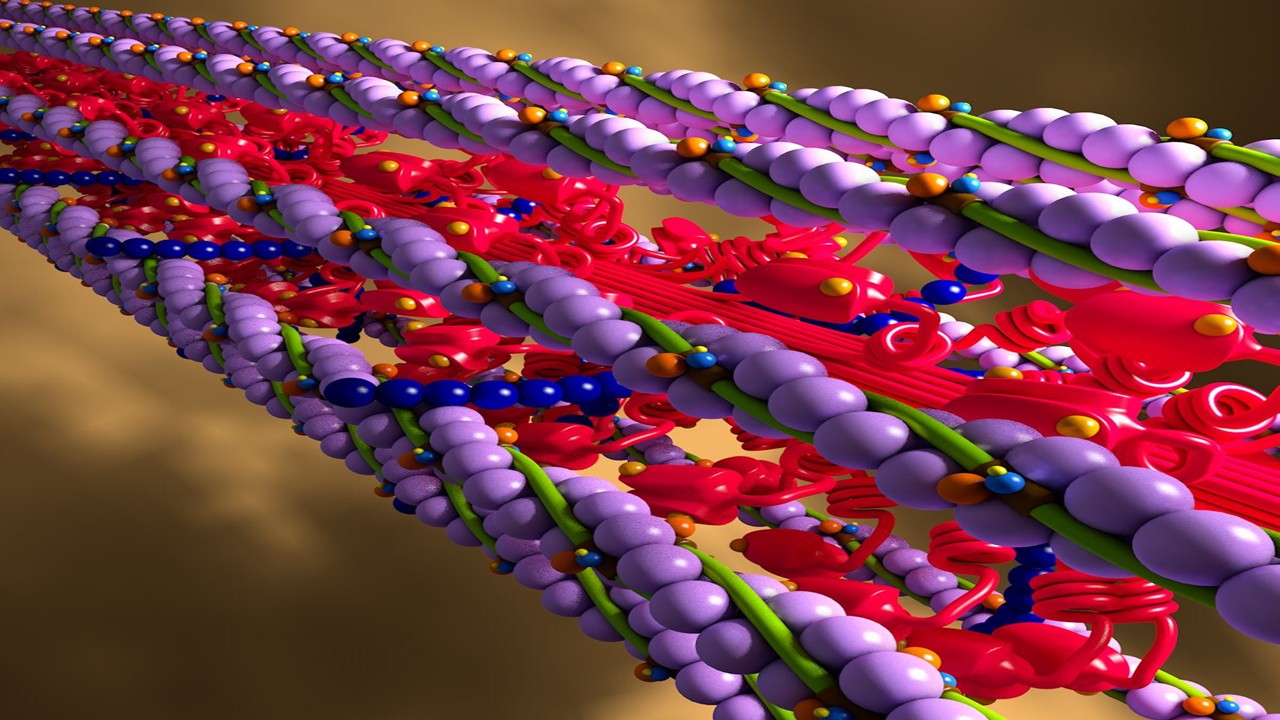The first step in biologics drug discovery involves the generation of reagents and production of target antigens. Unlike small molecule drugs, which often bind to relatively simple molecular targets, biologics target complex and larger molecules. This means that the discovery process is deeply tied to understanding the biology of these targets at a molecular level.
Target antigen production serves as the keystone for all subsequent experiments. Once the antigen is identified and generated, scientists utilize ligand binding assays (LBA) to assess the interaction between the biologic candidate and the target. This stage lays the groundwork for optimizing potential drug candidates, as it allows researchers to screen for initial “hits” based on how effectively a candidate binds to its target.
Additionally, this phase must address the inherent complexities of biologics, including issues such as solubility, unstable sequence motifs, and post-transcriptional modifications. Identifying these characteristics early is essential for determining whether a biologic molecule can be successfully developed into a drug. Failure to address these challenges could lead to instability in drug development later on.
Optimizing the Lead: Refining Target Binding and Delivery
Once hits are identified, the next step is lead optimization, which focuses on refining ligand binding and functional assays. Here, researchers validate that the biologic candidate not only binds to the target but also exerts the desired biological effect. This stage is where the functional relevance of the molecule is established, ensuring that binding translates into meaningful therapeutic action.
In vitro ligand-receptor binding studies are crucial for understanding how the biologic will behave in a physiological environment. Researchers also conduct cross-reactivity evaluations to confirm that the candidate does not bind to unintended targets, which could lead to off-target effects or toxicity. In biologics, optimizing the Fc (fragment crystallizable) region of antibodies, for instance, can improve the efficacy, reduce immunogenicity, or enhance drug delivery.
Formulation optimization plays a key role during this phase. Since biologics are often large and structurally complex molecules, their stability and delivery pose unique challenges. Researchers aim to optimize the formulation to improve drug delivery, which can involve adjustments to how the biologic is administered or modifications to ensure the molecule remains stable under physiological conditions.
From Lab Bench to Lead Candidate: Comprehensive Selection
The transition from lead optimization to candidate selection is a critical juncture in the biologics drug discovery process. This stage involves not only in vivo efficacy studies but also a deep dive into the pharmacokinetics (PK) and pharmacodynamics (PD) of the optimized candidates. It’s at this point that researchers begin to translate lab data into predictions about how the biologic will behave in a living organism.
PK/PD studies are fundamental for understanding how long a biologic will remain active in the body, at what concentrations, and how it interacts with various biological systems. These studies also help inform dosing regimens and potential routes of administration.
Simultaneously, researchers conduct biochemical and biophysical characterization to confirm the biologic’s properties, such as its stability, structure, and binding affinity. This information is essential for ensuring that the candidate can maintain its intended therapeutic activity throughout the course of treatment.
Biomarker development, an important facet of modern drug discovery, is also pursued during this stage. Biomarkers allow researchers to track the drug’s effectiveness and provide insight into patient responses. Identifying biomarkers early helps in designing clinical trials and personalizing treatment approaches.
Preclinical Safety and Toxicokinetics: Navigating the Last Mile Before Human Trials
Before a biologic drug can move into clinical development, it must undergo rigorous preclinical testing to ensure its safety and effectiveness. Toxicokinetics, which refers to how the drug behaves at potentially toxic doses, is crucial during this phase. Researchers assess how the biologic is absorbed, distributed, metabolized, and excreted in animal models. These studies help establish safety margins—the doses at which a drug is safe compared to when it starts to show toxic effects.
A key challenge for biologics is immunogenicity, or the potential for the drug to trigger an immune response in the patient. Since biologics are typically large, complex proteins, they are more likely to be recognized by the immune system as foreign, leading to potential adverse reactions. Therefore, it is imperative to assess tissue distribution and immunogenicity in animal models before moving forward.
Once the drug has passed these safety tests, the data is compiled into regulatory submissions, such as a Clinical Trial Application (CTA) or Investigational New Drug (IND) application, which allows for the transition into human clinical trials.
Human Trials: Proof of Concept and Beyond
The move into clinical development signals the true test of a biologic drug’s potential. The clinical phase is divided into three key stages, each aimed at assessing the drug’s safety and efficacy in humans. In Phase 1, the primary focus is on determining the drug’s pharmacokinetics and tolerability in healthy volunteers. Researchers assess how the human body metabolizes the biologic, as well as its potential drug-drug interactions (DDI) and any food effects that might alter its behavior.
Phase 2 trials focus on proof-of-concept (POC) studies, where the drug’s effectiveness is evaluated in a smaller patient population. These trials also provide further insights into the pharmacokinetics and pharmacodynamics (PK/PD) of the biologic, as well as genetic polymorphisms that might affect drug metabolism. For biologics, additional studies—such as radioactive human ADME (absorption, distribution, metabolism, and excretion) assessments—are often conducted to provide a detailed map of how the drug is processed in the body.
Phase 3 represents the large-scale trials that aim to confirm the biologic’s efficacy in a broader patient population. Here, researchers gather population-level PK/PD data and monitor safety profiles more closely, paving the way for final approval.
The Final Push: Regulatory Approval and Beyond
Once a biologic has successfully navigated the clinical trial phases, the final steps involve securing regulatory approval and preparing for launch. A Biologics License Application (BLA) is submitted to regulatory agencies, detailing all preclinical and clinical data supporting the biologic’s safety, efficacy, and manufacturing process.
Upon approval, the biologic is granted a drug label and package insert, outlining the approved uses, dosing regimens, and any known safety concerns. This phase marks the culmination of years of rigorous research and development, as the biologic finally becomes available to patients.
Post-Launch Surveillance: Learning from the Real World
Even after a biologic drug is launched, the discovery process doesn’t truly end. Post-marketing surveillance plays a crucial role in monitoring the drug’s real-world efficacy and safety. While clinical trials provide controlled environments, the broader patient population offers invaluable data about how the biologic performs across different demographics and conditions.
This ongoing phase ensures that any long-term effects, rare adverse reactions, or unforeseen issues are quickly identified and addressed. By collecting and analyzing real-world data, researchers can continue refining treatment strategies, ensuring that biologics not only reach patients but also improve their quality of life in a meaningful way.
Biologics drug discovery, though intricate and multifaceted, stands as a testament to modern science’s ability to transform groundbreaking research into tangible therapies. As the field continues to evolve, the journey from initial antigen production to real-world impact highlights the relentless pursuit of innovation, safety, and efficacy.
Engr. Dex Marco Tiu Guibelondo, B.Sc. Pharm, R.Ph., B.Sc. CpE
Editor-in-Chief, PharmaFEATURES

Subscribe
to get our
LATEST NEWS
Related Posts

Medicinal Chemistry & Pharmacology
Invisible Couriers: How Lab-on-Chip Technologies Are Rewriting the Future of Disease Diagnosis
The shift from benchtop Western blots to on-chip, real-time protein detection represents more than just technical progress—it is a shift in epistemology.

Medicinal Chemistry & Pharmacology
Designing Better Sugar Stoppers: Engineering Selective α-Glucosidase Inhibitors via Fragment-Based Dynamic Chemistry
One of the most pressing challenges in anti-diabetic therapy is reducing the unpleasant and often debilitating gastrointestinal side effects that accompany α-amylase inhibition.

Medicinal Chemistry & Pharmacology
Into the Genomic Unknown: The Hunt for Drug Targets in the Human Proteome’s Blind Spots
The proteomic darkness is not empty. It is rich with uncharacterized function, latent therapeutic potential, and untapped biological narratives.

Medicinal Chemistry & Pharmacology
Aerogel Pharmaceutics Reimagined: How Chitosan-Based Aerogels and Hybrid Computational Models Are Reshaping Nasal Drug Delivery Systems
Simulating with precision and formulating with insight, the future of pharmacology becomes not just predictive but programmable, one cell at a time.
Read More Articles
Myosin’s Molecular Toggle: How Dimerization of the Globular Tail Domain Controls the Motor Function of Myo5a
Myo5a exists in either an inhibited, triangulated rest or an extended, motile activation, each conformation dictated by the interplay between the GTD and its surroundings.











